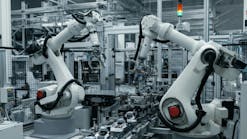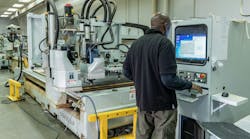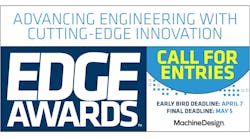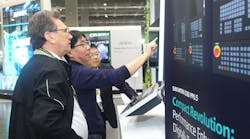In just 70 years, material handling in the automotive industry has gone through numerous transformations, going from assembly lines manned by individual workers, to assembly lines of modern material handling machines, robots, and knowledge workers. Thanks to that transformation in production, the total output of automotive manufacturers increased nearly 10 times over in the 35 years after World War II.
Today, R&D programs such as Stuttgart’s ARENA2036, are reimagining what the next generation of automobile manufacturing plants will look like in a world that is more connected and data-driven than ever and supported by agile production systems.
Material handling developments are, therefore, trending in the same direction. Industry faces challenges that include market saturation and overcapacity, increasing variability between car models driven by shorter time-to-market demands, international competition, and a changing regulatory environment. These challenges are being overcome with innovations in flexible production, seamless digital process chains, and big data for smart factories that give engineers and managers a full transparency into production and logistics.








